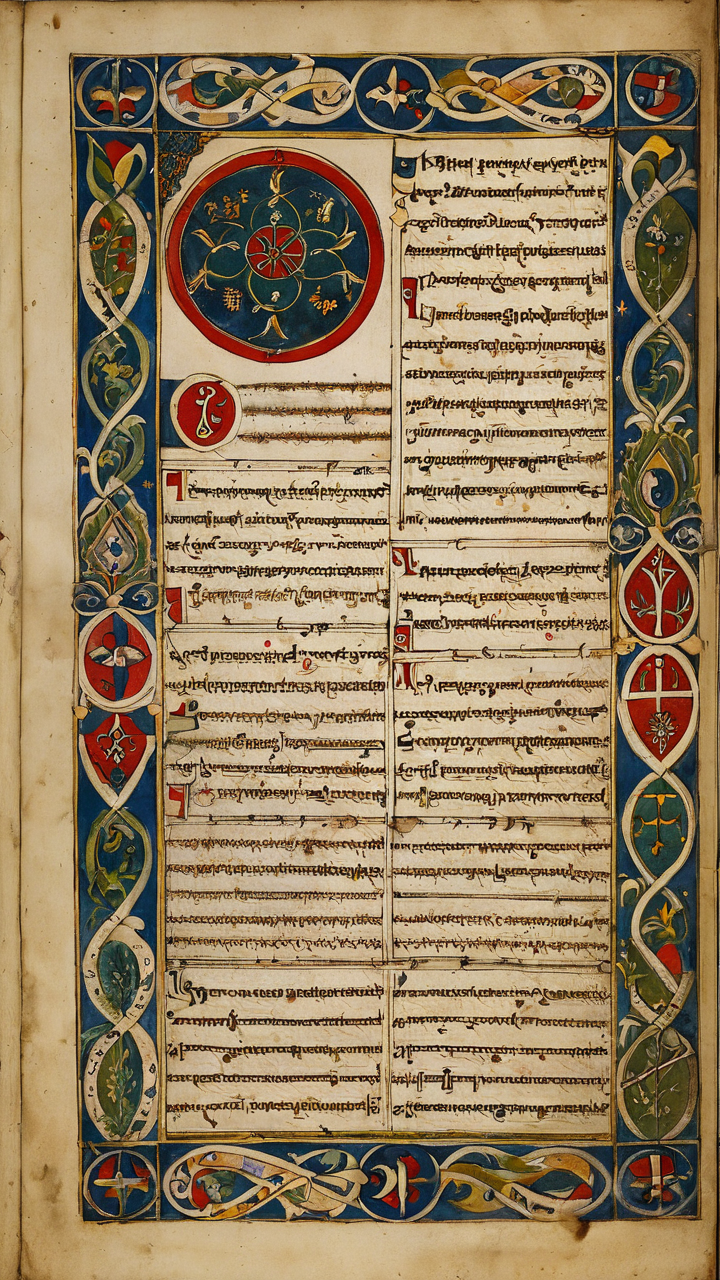
The Enigma of the Voynich Manuscript
The Voynich Manuscript, a medieval codex filled with strange illustrations and an undeciphered script, has captivated and frustrated scholars for centuries. Its origins remain shrouded in mystery, with its creation dated to the early 15th century.
While various theories abound, one particularly intriguing possibility suggests its script might be a deliberate imitation of real, now-lost languages – a sophisticated hoax designed to conceal its true purpose and author.
This idea, while speculative, deserves careful consideration given the manuscript’s unique characteristics.
The sheer complexity of the script, combined with the seemingly nonsensical yet organized nature of the text, points towards a level of sophistication that suggests a conscious effort, rather than mere random scribbles.
Mimicking Lost Languages: A Clever Concealment?
The Voynich script’s unique features fuel the theory of deliberate mimicry. Its seemingly consistent grammar and vocabulary, despite being indecipherable, suggest a structured system.
This structure could represent an attempt to create the illusion of a real language, perhaps one known only to its creator or a small group.
Consider the analogy of a modern-day cipher – a deliberate obscuring of meaning through a systematic process. The Voynich Manuscript’s script, though far more complex, might function in a similar way.
The illustrations, often depicting strange plants, astronomical diagrams, and nude women, further add to the enigma, potentially acting as visual keys or further obfuscations within the larger scheme.
Evidence and Counterarguments
While the theory of deliberate mimicry is compelling, it’s crucial to acknowledge counterarguments.
This connects to something bigger in fascinating ways.
Some scholars argue that the script’s apparent complexity is an illusion, the product of a disordered mind or a sophisticated, but ultimately failed, attempt at creating a fictional language.
• the lack of any clear connection to known languages makes it difficult to definitively prove or disprove the mimicry theory.
However, the sheer level of detail and consistency in the script’s structure remains a strong argument for deliberate construction, rather than random generation.
The intricacy of the illustrations also suggests a high level of planning and intentionality. Further research using advanced linguistic and cryptographic techniques might eventually shed more light on the script’s structure and potential origins.
The Ongoing Search for Answers
The Voynich Manuscript remains one of history’s most enduring mysteries. The possibility that its script is a deliberate imitation of a lost language adds another layer to this enduring enigma.
This theory prompts us to consider the possibilities of intentional deception, the ingenuity of its potential creator, and the limitations of our current understanding of linguistics and cryptography.
While definitive answers remain elusive, the ongoing research and analysis of the manuscript continue to offer valuable insights into the history of writing, code-making, and the human capacity for invention and deception.
Actionable Takeaways
The Voynich Manuscript serves as a compelling reminder of the enduring mysteries that lie within our history. Its study encourages us to consider:
* **The power of cryptography:** The manuscript highlights the ingenuity of code-making and the challenges of deciphering complex systems.
* **The importance of interdisciplinary research:** Solving the Voynich mystery requires collaboration between linguists, historians, cryptographers, and other specialists.
* **The limitations of our knowledge:** The manuscript underscores our incomplete understanding of past languages and cultures.
Have you experienced something similar? Tell us about it!



